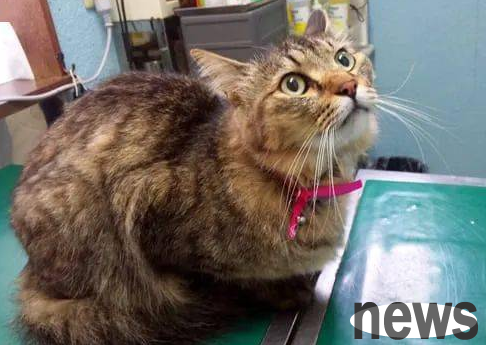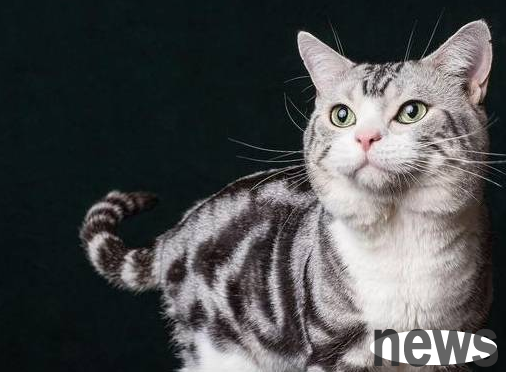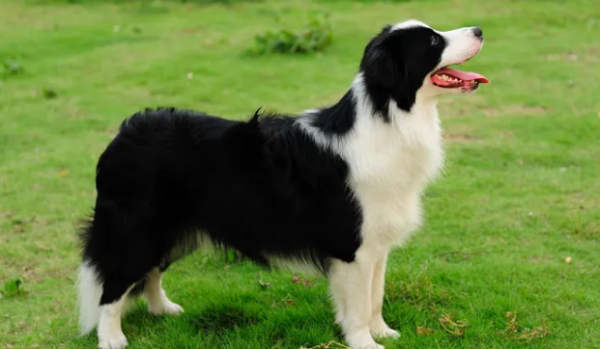What are the common hereditary diseases that cats do you know? Come and find out
The round head and drooping ears of the folded cat have a suffocating sense of innocence, making people fall in love with their legs at first sight. Immediately afterwards, people who raise folding cats in cat tangles and homes continuously received various information about buying folding cats. The greater our desire and demand for folding cats, the more unscrupulous breeders we have.

Regarding the genetic disease of the fold cat, it is difficult to cure even if it takes a lot of manpower and material resources. It can only rely on long-term drug support to relieve the pain. But this often requires a large amount of capital investment. Even if most people are willing at the beginning, they will find it difficult to maintain it in the end and have to give up; some people even abandon it directly and fend for themselves by themselves.
And cats with genetic diseases are not the only ones.
1. Persian system (including Persian cats, heteroshort, Himalaya and Jinjira):
1. Polycystic kidneys are prone to renal failure.
Polycystic kidneys will cause the cat's kidney to expand and increase, forcing normal kidney tissue to fall off, thereby reducing kidney function. Cats will lose appetite and lose weight due to this, and will drink more water than normal, and eventually die of kidney failure.
2. Respiratory problems and lacrimal gland problems caused by the facial features of a special short nasal canal.
It is necessary to pay attention to whether there is obvious nasal fluid in the cat: If it is clear nasal fluid, it may be a nose allergy or the early stage of upper respiratory tract infection. At this time, treatment should be done as soon as possible to avoid the development of chronic rhinitis.
Narrow duct obstruction is also very common and needs to be tested by fluorescence staining in the hospital. If the diagnosis is confirmed, nasolone duct clearance treatment is required.
2. American shortness and British shortness:
cardiovascular problems.
Especially American short male cats, they may have congenital heart disease and myocarditis, which may lead to sudden death. However, existing medical technology cannot predict diseases, and usually occurs between 1 and 3 years old.

III. Maine cat:
1. Congenital heart disease.
Among them, hypertrophic cardiomyopathy is the most common heart disease in cats, and it is also the most threatening of their lives among Maine cats. Hypertrophic cardiomyopathy is a progressive disease that causes cats to gradually develop heart failure and may die suddenly at any time.
2. Spinal muscular atrophy.
The symptoms usually manifest at 3 to 4 months of age: muscle atrophy and muscle weakness, thereby shortening life span.
3. Hip dysplasia may lead to abnormal arthritis of paralysis and lameness.
The most common cats with hip dysplasia tend to be larger and mostly male Maine cats.




